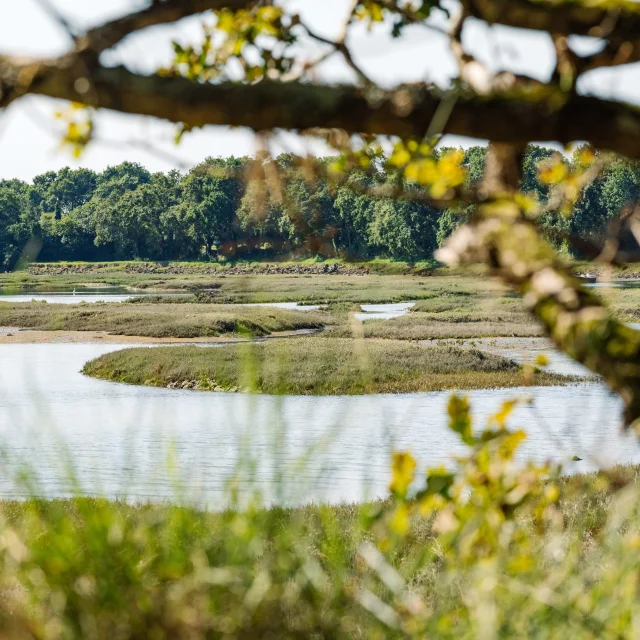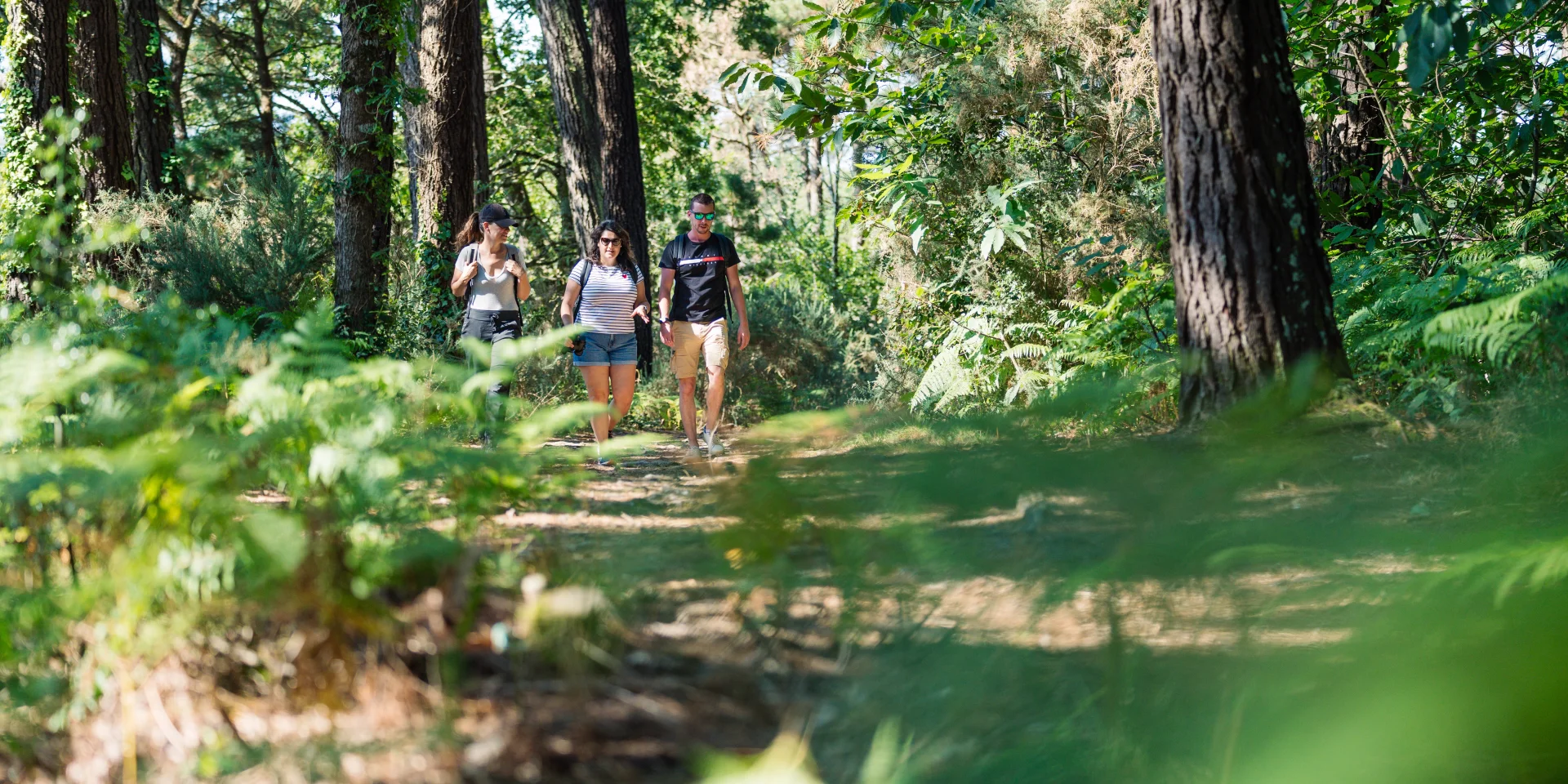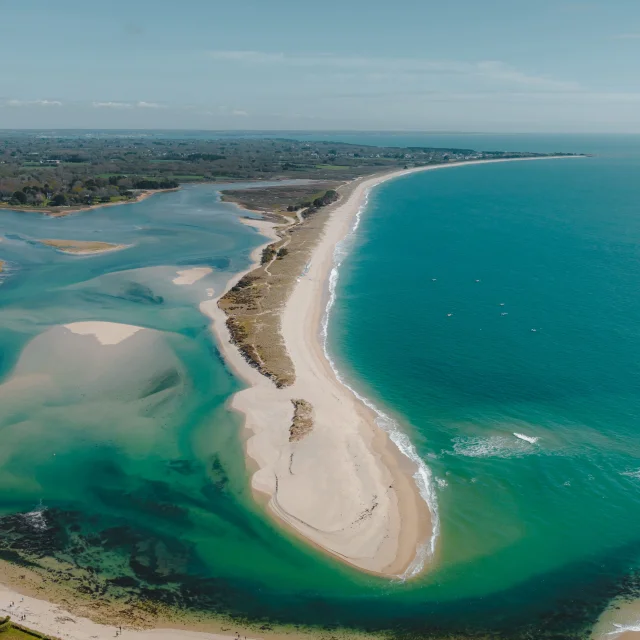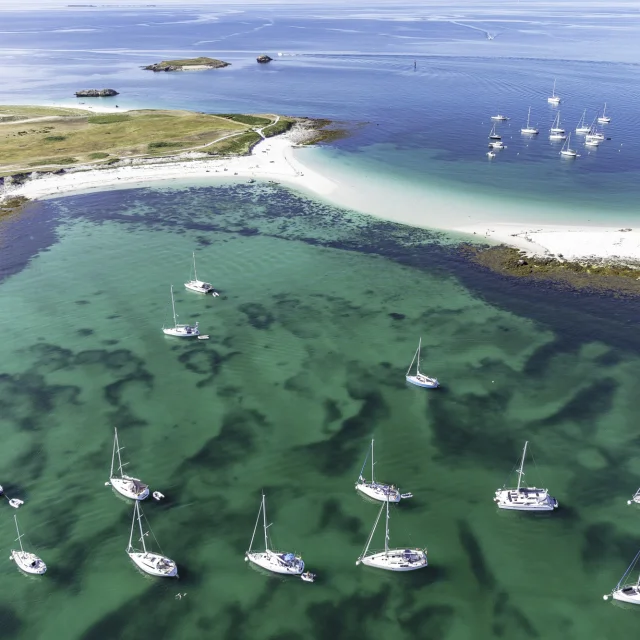#1L'Anse du Petit Moulin
On the border between Bénodet and Fouesnant, this vast area between land and sea is a wetland of majorecological interest. Comprising lagoons, dunes and meadows, it is a haven for migratory birds and plant species specific to saline environments. The site is classified as one of Finistère’s Sensitive Natural Areas (ENS).
 Chemin De Kerguell Marais De La Mer Blanche Petit Moulin
Chemin De Kerguell Marais De La Mer Blanche Petit Moulin 




